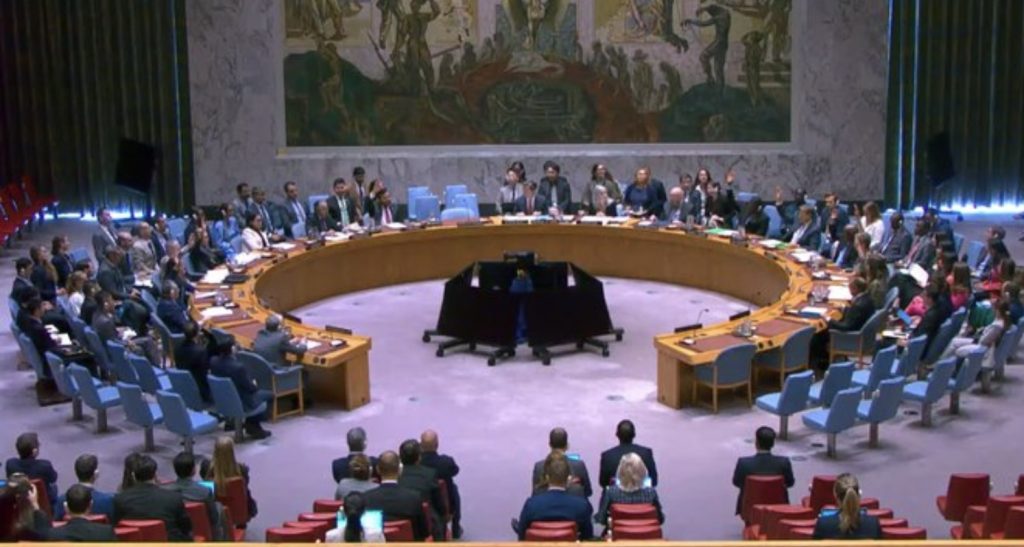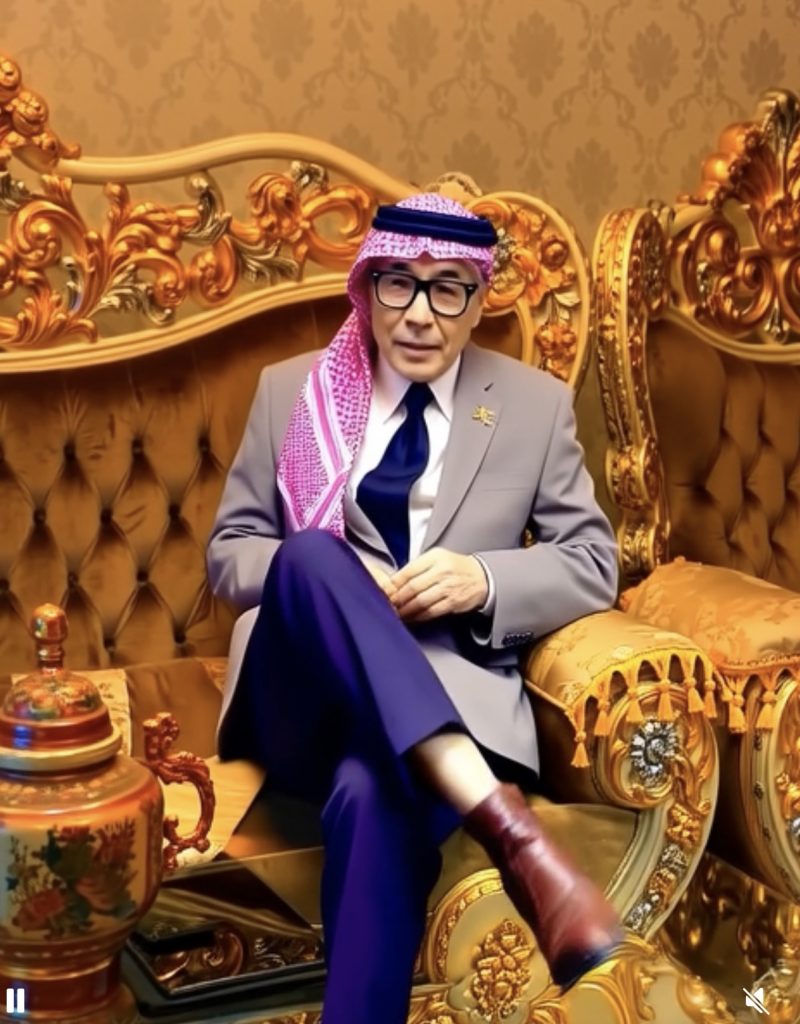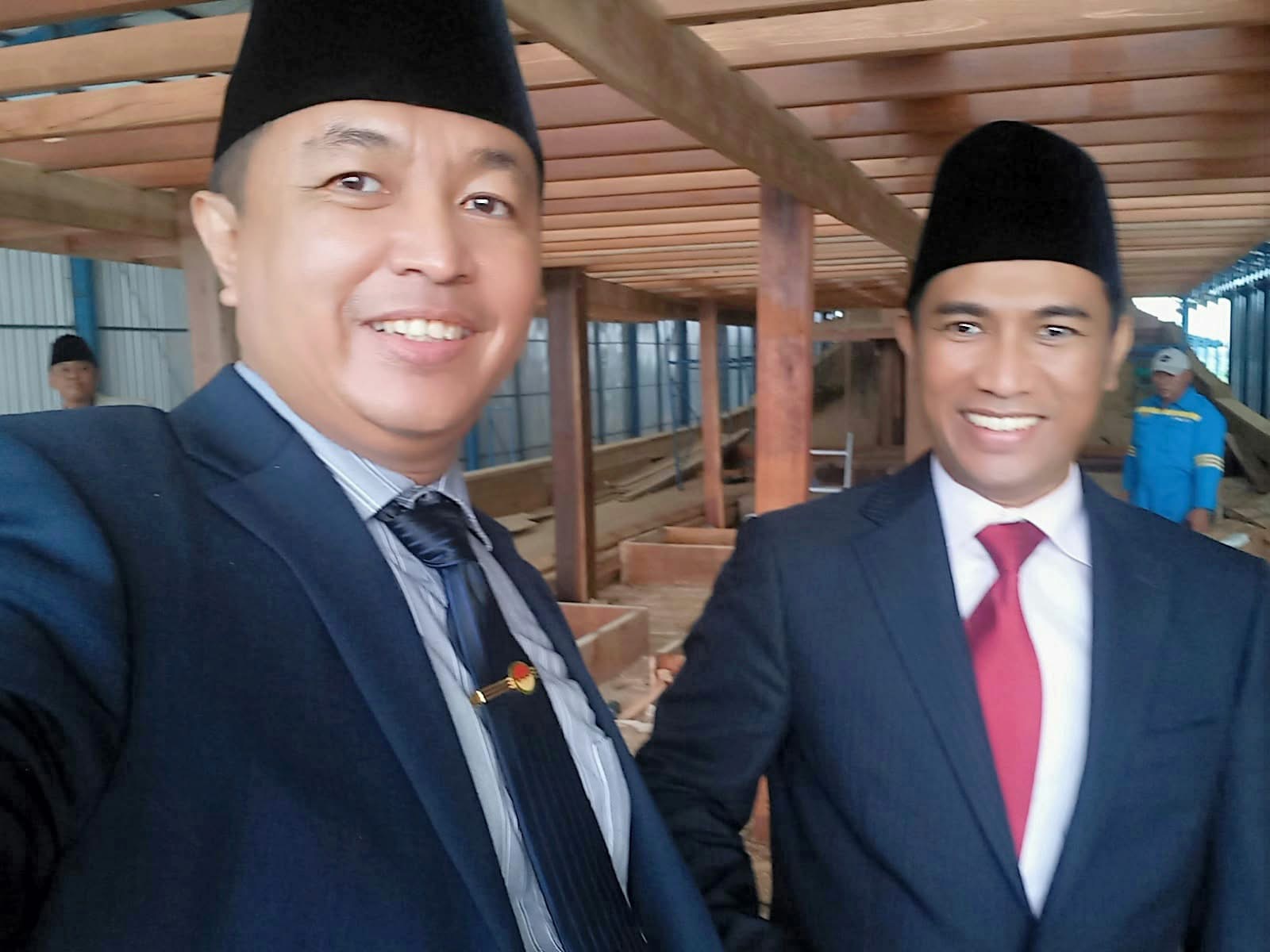The World is Spending Far More on Waging War Than on Building Peace: Global Military Expenditure Hits Record $2.7 Trillion USD

By
Yayasan Pendidikan Indonesia
Special consultative status in ECOSOC
United Nations
Introduction.
In an era marked by escalating conflicts and geopolitical tensions, the world has reached a perilous milestone. Global military spending surged to an unprecedented $2.7 trillion in 2024, representing a 9.4% increase from the previous year—the steepest annual rise since the end of the Cold War.
This staggering figure, equivalent to $334 for every person on the planet, underscores a profound imbalance: humanity is investing far more in instruments of destruction than in the foundations of peace and sustainable development. As UN Secretary-General António Guterres poignantly observed, “The world is spending far more on waging war than on building peace.”
At Yayasan Pendidikan Indonesia, we believe education is the ultimate tool for fostering global harmony and resolving conflicts through dialogue rather than division. This alarming trend in military expenditure not only diverts resources from critical areas like education and poverty alleviation but also perpetuates cycles of violence that threaten future generations. In this article, we explore the scale of this issue, its drivers, and a call to redirect funds toward building a more equitable world.
The Scale of the Surge: A Record-Breaking Year for Arms.
According to data from the Stockholm International Peace Research Institute (SIPRI), world military expenditure reached $2.718 trillion in 2024, up from $2.443 trillion in 2023. This escalation was felt across all five global regions, with Europe (including Russia) seeing the sharpest increase of 17%, totaling $693 billion—the highest level since the Cold War’s end. The Middle East followed with a 15% rise, driven by ongoing conflicts.
The United States led the pack, accounting for 37% of the global total with $997 billion in spending—a 5.7% increase that equates to 3.4% of its GDP. NATO’s 32 members collectively spent $1.506 trillion, or 55% of the world’s military budget, with 18 countries meeting or exceeding the alliance’s 2% GDP target.
China, the second-largest spender, allocated $314 billion (up 7%), marking 30 consecutive years of growth and fueling regional arms races in Asia and Oceania. Other major contributors included Russia ($149 billion, up 38%), India, and Germany, which together with the US and China accounted for over 60% of global outlays.
This isn’t just a numbers game; it’s a reflection of heightened insecurities. Wars in Ukraine and Gaza, tensions in the South China Sea, and nuclear saber-rattling have prompted governments to prioritize defense over diplomacy. Yet, as SIPRI notes, such spending often exacerbates the very threats it aims to counter.
The Opportunity Cost: What $2.7 Trillion Could Achieve for Peace and Education.
The true tragedy lies in what this money isn’t doing. The UN highlights that 2024’s military outlays were 750 times the organization’s regular budget of $3.6 billion and nearly 13 times the $210 billion in official development assistance from wealthy nations. For context, eliminating extreme poverty worldwide would require just $300 billion annually—less than 11% of last year’s arms spending.
Imagine redirecting even a fraction of these funds:
- Education for All: Universal quality education in low- and lower-middle-income countries could be fully funded for under $200 billion per year, empowering millions of children with knowledge to break cycles of conflict.
- Ending Hunger and Malnutrition: Global child malnutrition could be eradicated with $50 billion—enough to feed the future while building resilient communities.
- Climate Action: Adaptation measures in developing nations, vital for preventing resource-driven wars, would cost around $300 billion annually.
- Sustainable Development Goals (SDGs): Progress toward the UN’s 2030 agenda, including peace and justice (SDG 16), could accelerate dramatically.
In Indonesia, where Yayasan Pendidikan Indonesia operates, military spending regionally mirrors global trends, straining budgets for schools and scholarships. Our foundation has seen firsthand how underfunded education exacerbates inequality, making youth vulnerable to radicalization and unrest. Globally, this misallocation risks a “peace deficit,” where arms buildups crowd out investments in dialogue, reconciliation, and equitable growth.
A Call to Action: Prioritizing Peace Through Education.
The record $2.7 trillion in military spending is not inevitable—it’s a choice. As Guterres urged, nations must “redirect resources from conflict to cooperation.” Over 100 peace organizations worldwide echo this, demanding cuts to military budgets to address climate change, inequality, and humanitarian crises through diplomacy.
Yayasan Pendidikan Indonesia joins this chorus.
We advocate for policies that integrate peace education into curricula, train mediators in conflict zones, and support scholarships for displaced youth. Governments, philanthropists, and citizens must demand transparency in spending and push for arms control treaties. By investing in minds over missiles, we can forge a world where peace is not just an aspiration but a reality.
The choice is clear: continue fueling wars, or build bridges through education? The $2.7 trillion spent in 2024 could have been a turning point toward the latter. Let’s make 2025 the year we choose wisely.
Note :
Yayasan Pendidikan Indonesia is a non-profit dedicated to advancing quality education and promoting peacebuilding initiatives across Indonesia and beyond.




